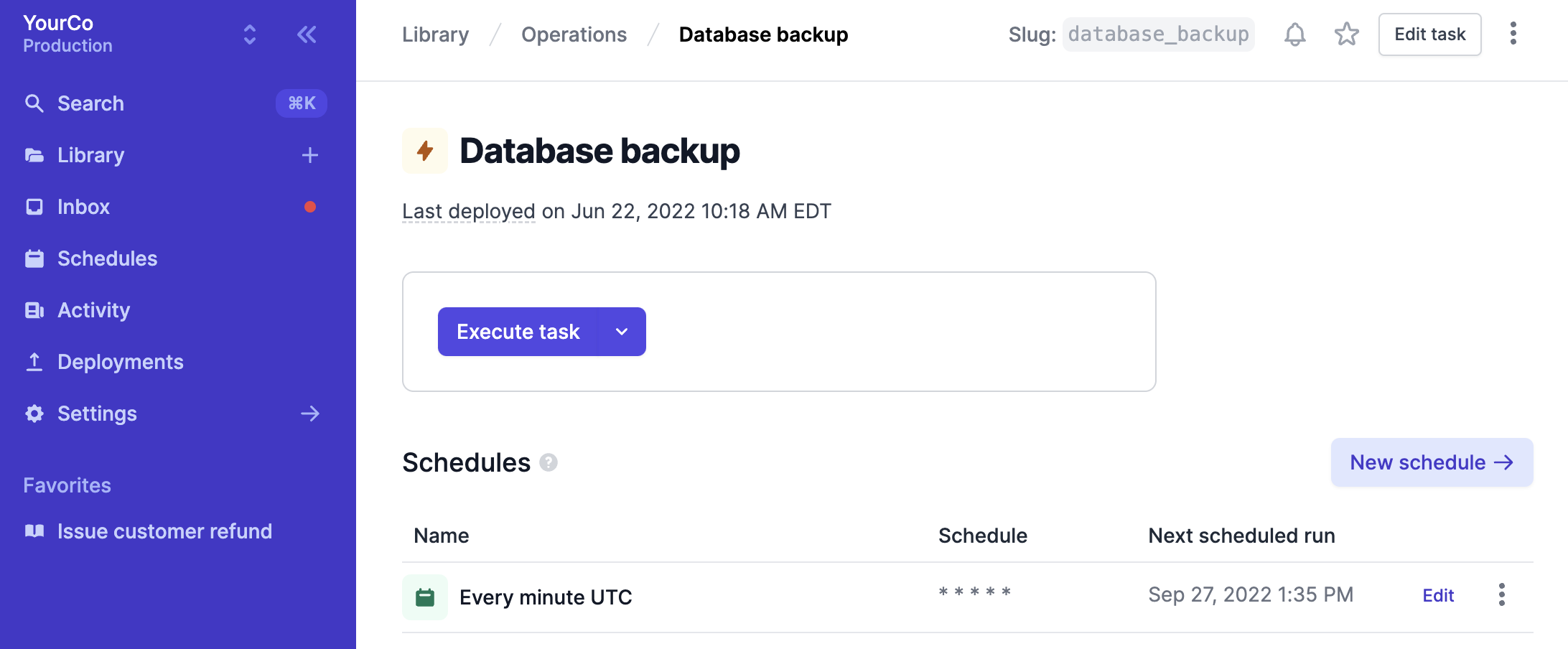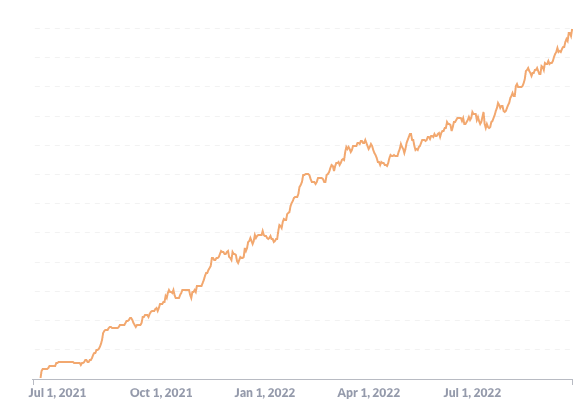We're excited to announce that Airplane has raised $32M in Series B funding led by Thrive Capital. Thrive has a history of supporting iconic software companies like Airtable, Benchling, and Segment, and we're thrilled to welcome their expertise to our team.
In addition, we're proud to be supported by several other investors who have a history building and supporting great developer tools: Segment co-founder Calvin French-Owen, Confluent co-founder Neha Narkhede, former GitHub CEO Nat Friedman, Vercel CEO Guillermo Rauch, Airtable co-founders Howie Liu and Andrew Ofstad, Allison Pickens from The New Normal Fund, Behance founder Scott Belsky, Jaren Glover, Gokul Rajaram, Liu Jiang, Comma Capital, Contrary Capital, and several others. Benchmark, who led our Series A, also participated.
Airplane v1: getting rid of one-off scripts
Josh and I started Airplane to solve the biggest problem we had at our previous companies Benchling and Heap—engineers would spend 30-40% of their time developing internal tools (i.e. non-customer-facing software) rather than building the core product. Often, the simplest solution to an internal tooling challenge was writing a hacky, one-off script. Over time, tons of key internal operations required our customer-facing teams to escalate to an engineer so they could run a script.
The v1 of Airplane was built to eliminate engineering teams' reliance on one-off, unsafe scripts. You can deploy a script or query to Airplane, specify the parameters required, and Airplane will auto-generate an app (called a "task") that lets anyone, technical or non-technical, run that code. Airplane also overlays permissions, audit logging, approval flows, and input validation to ensure the script runs safely.

This simple concept resonated widely, and we've gained significant traction since our launch. We've grown to 100+ paying customers and several thousand developers. Companies like Panther Labs, Flatfile, and Dover have built hundreds of tasks and offloaded a significant portion of their internal tooling needs to Airplane. Here's a graph of active teams over time (absolute counts redacted 😄):

Every funding milestone for Airplane has coincided with a step-function increase in what Airplane is capable of. When we announced our Series A in December 2021, we also introduced Runbooks, which let you create complex multi-step and long-running workflows by chaining together scripts or queries.
With our latest funding round, we're also launching something new.
Introducing: Airplane Views for custom UIs
Airplane Views is a React-based platform for creating internal UIs like admin panels, customer onboarding views, billing dashboards, and more. Here's a 4-min demo:
Views provides developers with a rich React component library, a simple state management system, and deep integration with the rest of Airplane's platform. The result is a developer experience where an admin panel that might have taken days or weeks to build can be created in a few hours using Airplane. Views is also a code-based platform, rather than a no-code solution, which means that it's extensible and can be version-controlled.
We've had a handful of customers try out Views in private beta over the past couple months. The majority of these customers were engineering teams that had planned to spend weeks or months building internal admin panels or customer dashboards, but were able to cut that time significantly using Views. Many of these teams had looked at low-code/no-code solutions for internal UI development, but had chosen not to use any of those and build things from scratch in-house instead, either because what they needed was too bespoke, or they felt more comfortable with a code-based system they understood. Airplane Views represented the best of both worlds: the ability to accelerate UI development significantly, while still being based on familiar React code that they could own and extend as needed.
Building the business software platform
Tasks, Views, and Runbooks make up a platform that we're continuing to grow over time. These primitives, combined with everything Airplane takes care of for you (permissions, auditing, infrastructure, notifications, etc) allow engineers to build powerful internal tools surprisingly quickly.
Over time, we'll introduce more primitives that cover a growing set of use cases. Next up on our roadmap is Workflows, a more powerful version of Runbooks that supports a variety of complex use cases. If you're interested in the private beta, let us know here. We're also expanding our integrations library, adding more templates, and continuing to improve the developer experience.
Underlying all these product investments is a developer-first, code-based approach. Everything you create in Airplane is represented as JavaScript, Python, or any other language of your choice, rather than a drag-and-drop UI builder or a domain-specific language.

There are several benefits to this approach:
- Developer toolchain: use version control, code review, unit tests, and everything else developers need to effectively collaborate on software development
- Extensibility: If there's something Airplane can't do out of the box, bring your own code with you and integrate it seamlessly.
- Debugging: A code-based representation allows you to analyze and reason about your app's behavior just like any other code you would write.
- Learning curve: Onboarding developers onto Airplane is fast–customers of ours have created and deployed Airplane apps to production within minutes of signing up.
In general, we don't believe the future of internal application development is no-code or low-code. Instead, we believe it's "easy code" - making it possible for engineers to move as fast as possible, while still having all the above benefits that code provides.
If you'd like to use Airplane, you can sign up for free here. We have a generous free tier that many startups are using today, as well as a self-serve Team plan and an Enterprise offering.
We're a remote-first team of 20 spread across hubs in San Francisco, New York, and remote. We're hiring engineers, product designers, and other roles. If you'd like to join the team, we'd love to hear from you.



